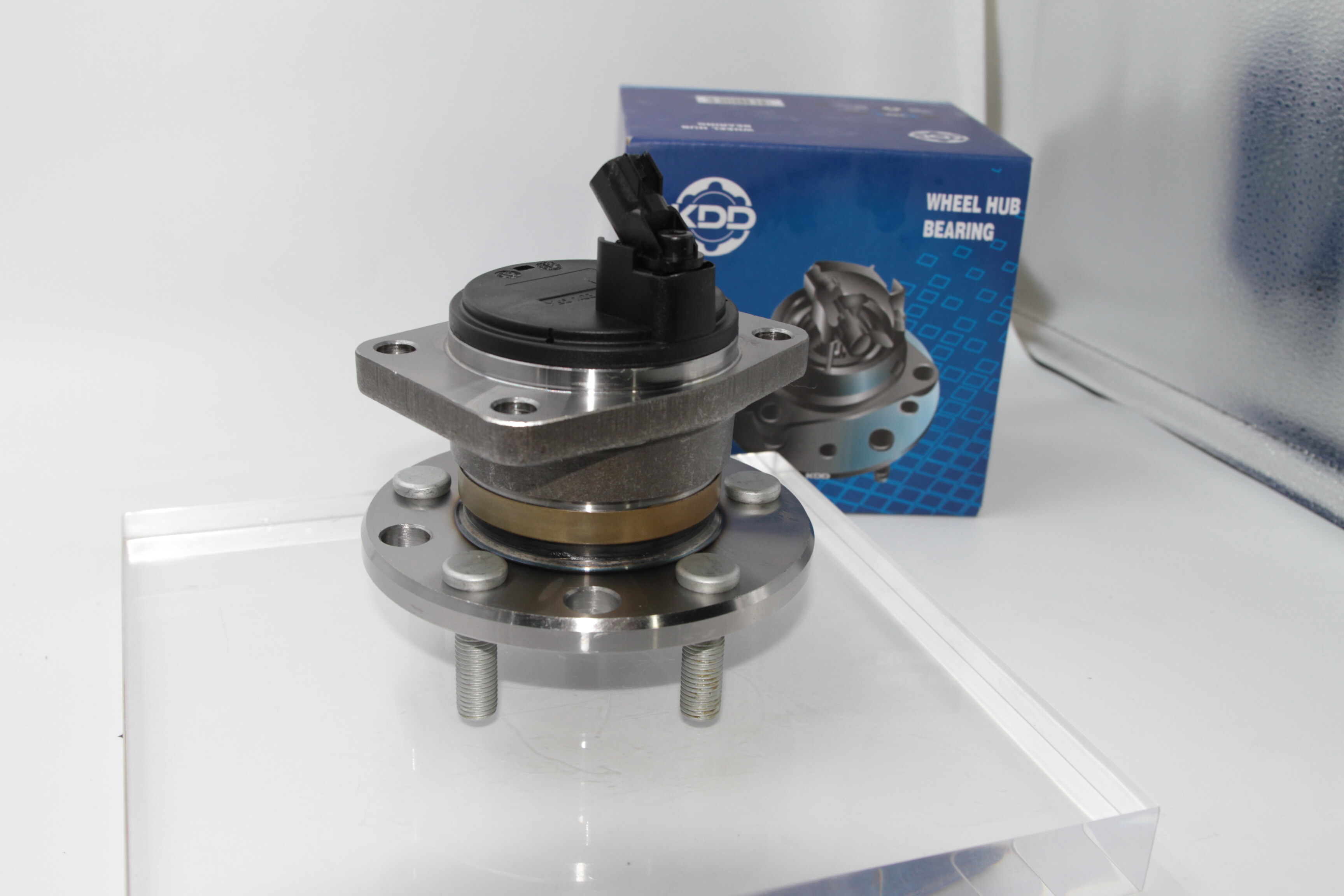Email format error
Email cannot be empty
Email already exists
6-20 characters(letters plus numbers only)
The password is inconsistent
Email format error
Email cannot be empty
Email does not exist
6-20 characters(letters plus numbers only)
The password is inconsistent


Exploring the Wheel Hub on Your Car
When you think about a car, what’s one part that often goes unnoticed despite its critical role in keeping things rolling smoothly? That’s right—it’s the wheel hub! Let’s dive into what exactly a wheel hub is, why it’s essential, and how it contributes to your driving experience.
What is a Wheel Hub?
The wheel hub is essentially the central component of a vehicle’s wheel assembly. It sits at the center of the wheel and is where the wheel bearings are housed. This hub is what allows the wheel to rotate freely on the axle shaft and supports the vehicle’s weight. In simpler terms, it’s the heart of your wheel.
Anatomy of a Wheel Hub
A typical wheel hub consists of several key parts:
1. Hub Body: This is the main structure that houses the wheel bearings and attaches to the axle shaft.
2. Wheel Bearings: These are crucial components that allow the wheel hub to rotate smoothly on the axle. They reduce friction between the rotating hub and the stationary axle, ensuring efficient and smooth rotation.
3. Hub Flange: The hub flange is where the wheel itself attaches to the hub. It provides a secure connection and ensures that the wheel remains firmly attached to the vehicle.
4. Lug Studs or Bolts: These protrude from the hub and are where the lug nuts or bolts fasten the wheel to the vehicle.

Why is the Wheel Hub Important?
Now, you might wonder why this seemingly simple part is so important. Well, consider this: every time you accelerate, brake, or simply drive down the road, your wheel hub is hard at work. It supports the entire weight of the vehicle and withstands tremendous forces, especially during turns and sudden maneuvers.
The wheel hub’s design and quality directly impact your driving experience. A well-maintained hub ensures smooth handling, reduces noise and vibration, and contributes to overall driving comfort. On the other hand, a worn-out or damaged hub can lead to noisy operation, excessive vibration, and even safety hazards.
Maintenance and Care
Like any other part of your vehicle, proper maintenance of the wheel hub is crucial for longevity and performance. Here are a few tips to keep your wheel hubs in top shape:
- Regular Inspection: Check for any signs of wear or damage, such as grinding noises while driving or excessive play in the wheel.
- Greasing: Some wheel hubs require periodic greasing of the wheel bearings to ensure smooth rotation and prevent premature wear.
- Replacement: If you notice significant wear or damage to the wheel hub or bearings, it’s essential to replace them promptly to avoid further complications.
Fun Facts About Wheel Hubs
1. Historical Significance: The concept of a wheel hub dates back thousands of years to ancient civilizations where early forms of hubs were used on chariots and wagons.
2. Racing Innovations: In racing, lightweight and high-performance wheel hubs are crucial for minimizing rotational inertia and improving acceleration and handling.
3. Technological Advances: Modern wheel hubs often incorporate ABS (Anti-lock Braking System) sensors to enhance braking performance and stability control.
Conclusion
Next time you hop into your car, take a moment to appreciate the unsung hero—the wheel hub—that silently supports your journeys day in and day out. From its humble origins in ancient times to its advanced forms in modern vehicles, the wheel hub plays a pivotal role in ensuring your driving experience is safe, smooth, and enjoyable. So, here’s to the wheel hub—keeping us rolling along the road of life!
In essence, while the wheel hub may seem like a small part of the grand automotive scheme, its significance cannot be overstated. It’s a testament to how even the smallest components contribute to the overall performance and reliability of our beloved cars.

